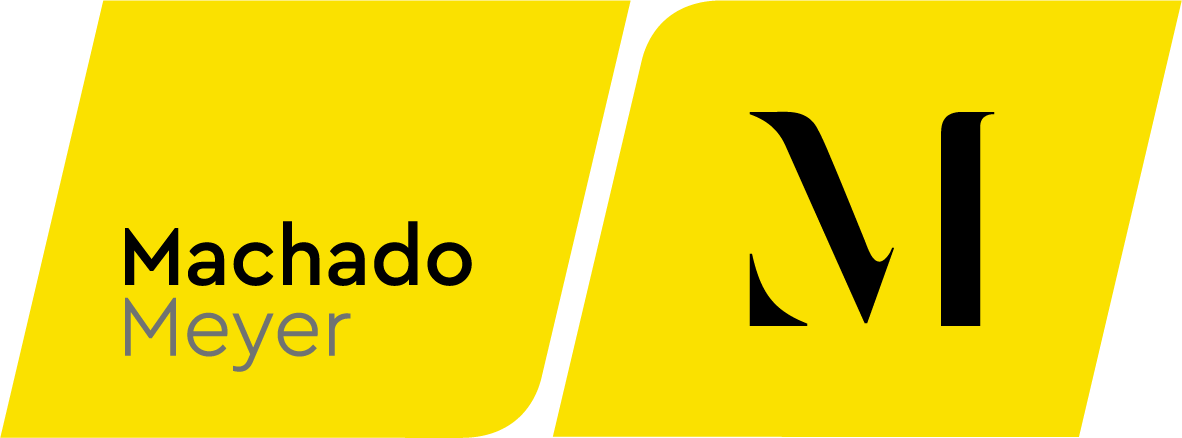What can be connected will be connected. This is the most important rule of the internet of things (IoT).
There is still no consensus on the concept of what it is, but the IoT may be understood as an environment of physical objects connected to the internet that facilitates people's daily lives through functional solutions for day-to-day processes.[1]
In the current context of hyperconnectivity, the IoT represents an aspect of machine-to-machine (M2M) communication and relates to the concepts of big data and data science. This combination will significantly affect the way we live, so the IoT has been receiving strong investments from the private sector and increasing attention from society.
To regulate and encourage this situation, the federal government established the National Internet of Things Plan through Decree No. 9,854, of June 25, 2019. The purpose is to implement and develop the internet of things in Brazil, based on free competition and the free circulation of data and subject to the rules of information security and protection of personal data.
The plan conceptualizes the internet of things as "the infrastructure that integrates the provision of value-added services with physical or virtual connection capabilities of things with devices based on existing information and communication technologies and the evolution thereof, with interoperability." The document also provides that M2M communication systems are considered to be “telecommunication networks, including access devices, for transmitting data to remote applications for the purpose of monitoring, measuring, and controlling the device itself, the environment around it, or data systems connected to it through such networks."
The objectives of the plan are: i) to improve people's quality of life and promote efficiency gains in services through the IoT; ii) to promote professional training for the development of IoT solutions and job creation in the digital economy; iii) to increase productivity and foster the competitiveness of Brazilian IoT companies, through innovations in the sector; iv) to seek partnerships with the public and private sectors for the implementation of the IOT; and v) to increase Brazil's integration in the international IoT scenario.
To that end, it establishes actions and projects to facilitate implementation of the plan and defines the Management and Monitoring Chamber for the Development of Machine-to-Machine and Internet of Things (IoT) Communication Systems as the party responsible for monitoring and advising on this implementation.
Regarding potential tax debates regarding the IoT, the main element of attention may perhaps be maintenance of the definition of value-added service contained in article 61 of Law No. 9,472/1997 as being the "activity that adds to a telecommunications service that supports it and which should not be confused with new utilities related to access, storage, presentation, movement, or retrieval of information." This definition corroborates a separation between the telecommunication service intrinsic to the IoT and the resulting services.
Another important element is the exclusion of credit card machines as M2M communication systems, such that the Installation Inspection Fee set forth in article 38 of Law No. 12,715/2012 is inapplicable.
The plan is commendable and reflects another stage of Brazil's creative solutions to its information technology regulatory agenda, which has a unique character: although it is not a major innovation center in the area, it has a relevant market in the sector and a target public with capacity to adapt to new technologies.[2]
The full plan may be viewed at: http://www.in.gov.br/en/web/dou/-/decreto-n-9.854-de-25-de-junho-de-2019-173021041
[1] MAGRANI, Eduardo. A internet das coisas [“The internet of things”]. Rio de Janeiro: FGV, 2018, p. 20.
[2] MAGRANI, Eduardo. A internet das coisas [“The internet of things”]. Rio de Janeiro: FGV, 2018, p. 11.
